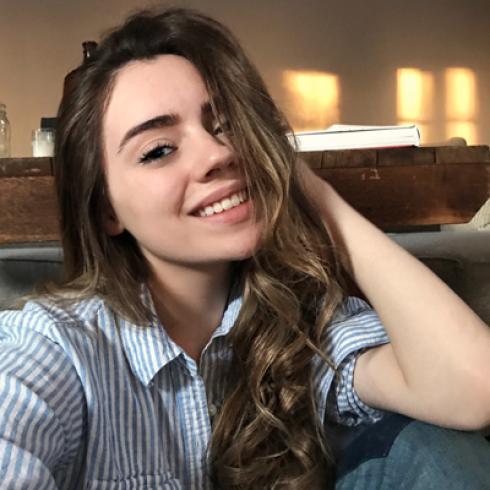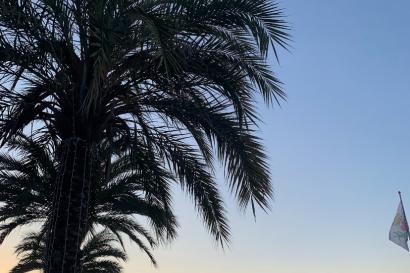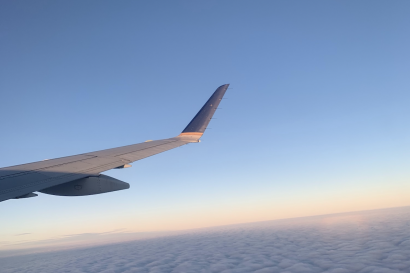The Palio di Siena has been called the most lawless race on Earth,
complete with bribery, contrada fights in the streets, betrayal, drugging of horses, kidnapping, and physical assault among jockeys and citizens alike. At it’s very least, the Palio is a two minute long bareback, medieval horse race for a silk banner also called a “palio” (in the same way that the Superbowl or World Cup are named for their respective prizes). The race occurs twice each summer in Siena’s Piazza del Campo and is a four day affair, preceded by a series of parties, medieval parades, and the occasional street fight. No money is at stake, only the silk palio banner and perhaps the most intense form of national pride in the modern world.
Jockeys, equipped with whips made from distended bull’s hide (used on both their own horse as well as other jockeys), are contracted or hired by each contrada and have been known to take bribes from rivals to throw the race or to compete so fearlessly they are thrown from their own horse. Luckily, if a jockey is whipped or otherwise thrown from his mount, the riderless horse can still win on its own (and has been known to do so, a condition known as “cavallo scosso”). But, it doesn’t take long to see how much more there is to the Palio culture than the infamous race, itself.
Siena is beautiful, a town made almost completely of stone and divided geographically into seventeen contrada that formed from the military territories of medieval times. In the center of the contrada (more or less) is Il Piazza del Campo, a singular expanse of red brick open to all who come to the city to live or to visit.
The piazza never sleeps. At any hour of the day or night you can find the place alive with groups of locals and tourists alike, students and professors, grandmothers and children, all gathered picnic-style around gelato or bottles of wine or sitting at small tables outside the surrounding osterias and restaurants.
But, during the days of the Palio, there is something else there.
“The city is electric. It’s full of anxiety,”
says Dr. Giovanni Mazzini, passionate member and archaeologist of his conrada, the Tartuca (or turtle), and co-anchor of the live national television broadcast of this year’s Palio race. “Siena during the Palio is a completely different city than the rest of the year.”
And this year is no different. As the days of the Palio approach and the cobblestone walk around the piazza is frosted over with truckloads of sandy clay, the contradaiolo (members of different contrade) from all around the city can be found in a state of fervor. The Palio is more than a horse race.
“The Palio is a disease” says Mazzini. “The Palio is a fever able to infect everybody,”
and so it does. Tourists pour in from all over the world to witness just a fraction of what this enigmatic race is for the people of Siena. And still, to call the Palio simply “a race” is doing all of Siena an injustice.
The race, itself, is but the culmination of all that the Palio is, a four day festival writhe with all the anxiety of the last year, or perhaps the last thousands of years of Sienese history. During the four days before the race, the contradaoili speak in serious tones about the affair; they eat together every night over rows of cloth bound picnic tables and bottomless wine. Don't ask their opinion on the destiny of the race expecting a straight answer. It's far more than a combination of horse and jockey. Many attempt to read the signs of the Palio banner, of the positioning of flags in the cathedral, researching the victor of the Palio in the years when a new mayor was elected weeks before the race (as it occurred this year). Kabbalah, the Jewish word referring to the sort of magic which revolves around patterns, is what the Sienese call this kind of superstition. Bets are not taken on the the victor or any other element of the race.
Even today the Palio is ever-changing. It is, in Mazzini’s words, “a living organism that reflects the times.” For those devoted to the ritual, the Palio is a lense through which everything in the world can be experienced.
Babies born in Siena are born into their family’s contrada, baptized in the contrada’s fountain by the contrada’s priest; mother, child and priest all adorned their contrada’s “fazzoletto” (the silk neckerchief and emblem of their contrada worn during holy days and in the days before the Palio (and after if their contrada emerges victorious)). A blue or pink ribbon is tied around the post of the contrada’s flag with each birth, and a black ribbon with each death. A Sienese funeral will have the coffin wrapped in the “bandiera” of the contrada of the deceased and often (s)he will be buried in the same contrada in which (s)he was baptized.
The Sienese contrade have been likened to followers of sports teams, members of gangs, and even to those ancient families like Capulets and Montagues whose rivalries and commitments have gone down in history. In reality, the contrade di Siena are more than all of that; they are each a family in their own right as well as a shared culture. They are each a city state with a constitution, anthem, governing body, church, and priest and have been so since before the United States was ever thought of. (Let that sink in.) It’s no wonder the Palio has been known to be so moving, so attractive, so captivatingly spiritual that many who come to see it return every year.
I recently had the awesome chance of recording an interview with Mazzini about his experience as a Siena native and what the Palio and his contrada mean to him. His passion for it all absolutely shines through! So, for those of you who think you may have caught the Palio fever and want to get an inside look at this incredible spectacle of Sienese tradition from Giovanni Mazzini, himself, you can watch the full interview below. Enjoy!


Kristina Tracy
<p>I’m a twenty year old student living in Indianapolis, born and raised in Kokomo, IN. All my life I’ve watched the Food Network and the Travel Channel and movies about people pursuing passions outside the norm and experiencing life first and foremost. I love new experiences. I love new foods, new people, new perspectives, learning at all times from everything around me. I’ll try anything once (at least), whether its skydiving or swimming with sharks or the kind of food only Andrew Zimmerman would enjoy. When I’m not studying for school or working, I like to stay busy. I’m a writer, a traveler, a reader, a cook, an adventurer, a student long after I graduate. In everything that I do, I look to do it with the kind of enthusiasm that comes with experiencing new things and appreciating every opportunity that I am granted.</p>








